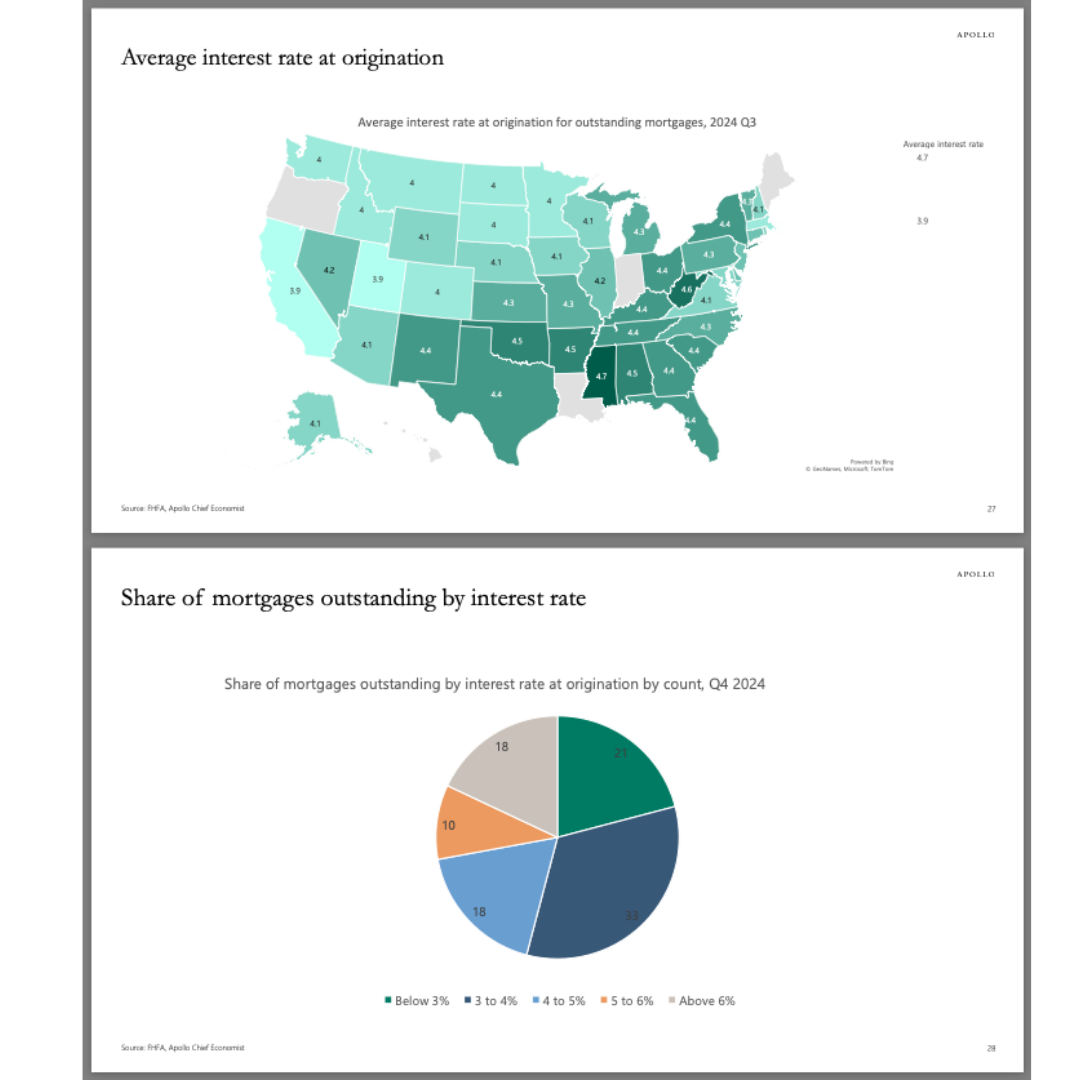The report analyzes U.S. housing market conditions heading into 2025, emphasizing affordability challenges driven by high mortgage rates, limited supply, and sticky home prices.
The report analyzes U.S. housing market conditions heading into 2025, emphasizing affordability challenges driven by high mortgage rates, limited supply, and sticky home prices.
 Read Full Article
Read Full Article